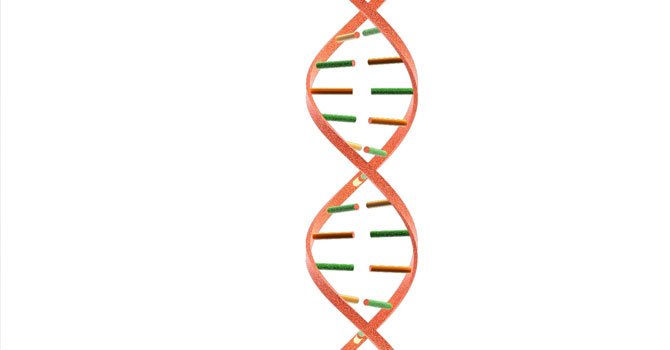
© 2015 50plus Senior News, All rights reserved.
The Search for Our Ancestry: How Can DNA Results Help Our Search?
Angelo Coniglio | Sep 16, 2014, 6 a.m.

There are several firms that cater to the general public for testing of individual DNA. Most of them actively promote their services and can be found on the Internet.
The “big four,” with the main thrusts of their services, are: 23andMe (medical, genealogical, and personal ancestry); Family Tree DNA (genealogical, personal ancestry); AncestryDNA (genealogical, personal ancestry); and Genographic by National Geographic (population genetics research, personal ancestry).
The first three charge about $100 for a basic test, while NG charges about $200 for a more comprehensive test. For a detailed comparison of these firms, see http://bit.ly/DNATestVendorsCompared.
The premise behind all of these tests is that humans, like all living things, have a genome—a set of biological “plans” that determines the details of our very existence: hair color; eye color; body shape; susceptibility to asthma, or tuberculosis, or color blindness; ability to procreate; etc.—the very things that make us individuals.
These traits, however, have been passed down from our ancestors via the coding described by substances called deoxyribonucleic acids: DNA.
We receive some of the DNA from one parent, some from the other. Since our parents had parents, they, too, received some from each parent, meaning that part of our DNA is from our grandparents—and from our great-grandparents and our great-great-grandparents, back to the first humans.
Our DNA is contained mostly in genes, in our chromosomes, of which we have 23 pairs. Most of our DNA is of a type called autosomal, contained in 22 of the 23 chromosome pairs. The 23rd pair is the one that determines our sex. In males, the pair comprises one X and one Y chromosome, and in females it has two X chromosomes. Thus, the DNA in the Y chromosome (Y-DNA or paternal DNA) is passed only from male to male.
Another key form of DNA is mitochondrial DNA (mtDNA or maternal DNA), which can be passed from a woman to both male and female offspring but cannot be further passed on by the males. These characteristics mean that paternal and maternal DNA can (separately) be compared to known DNA characteristics of various ethnic and geographic groups (called haplogroups) that existed in the distant past.
Last time, I noted that one of the genealogical reasons for DNA testing includes the desire to know one’s broad ethnic or national origins. Many people are intrigued by such questions. Do they have black, or Jewish, or Native American ancestry?
While the test vendors use DNA analyses to indicate a subject’s “ancestry composition,” I believe many researchers put undue weight on such descriptions.
For example, my 23andMe ancestry composition shows 87.7 percent European, with 75.1 percent Southern European and 59.9 percent Italian, and it found that less than one-tenth of 1 percent of my ancestry is Irish or British.
Those findings are not surprising, because I have found by traditional “paper genealogy” that most of my ancestors back to the sixth generation in the mid-1700s were from one of only two towns in central Sicily. The part about 5.1 percent being Middle Eastern or African is intriguing but no more surprising.
The “small print” says that these estimates are for one’s ancestry approximately “500 years ago, before ocean-crossing ships and airplanes came on the scene.”
Other results claim to define one’s ancestry as far back as 5,000 to 50,000 years, but I feel that such “ancestry” simply refers to stages or regions that the familial forebears passed through during the long history of mankind. I happen to believe that all mankind descended from the first humans in Africa, so that if the DNA studies were all completely accurate, everyone’s ancestral composition would be the same: 100 percent African.
Next time, I’ll discuss what DNA testing can do to answer the questions I’m most interested in: those surrounding “personal ancestry.”
|
Write to Angelo at genealogytips@aol.com or visit his
website, www.bit.ly/AFCGen.
He is the author of the book The Lady of the Wheel (La Ruotaia), based on his genealogical research of Sicilian foundlings. For more information, see www.bit.ly/SicilianStory. |





